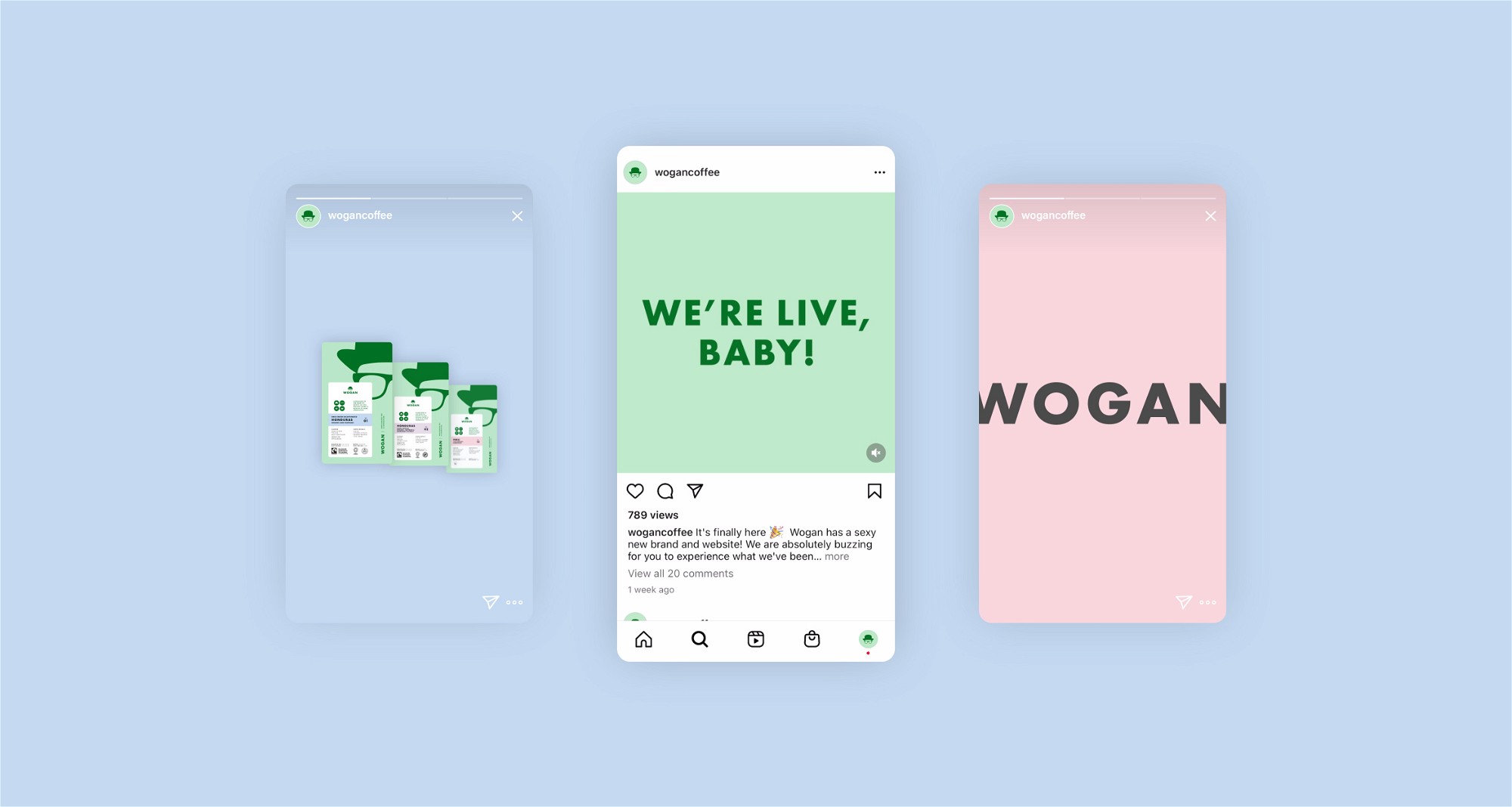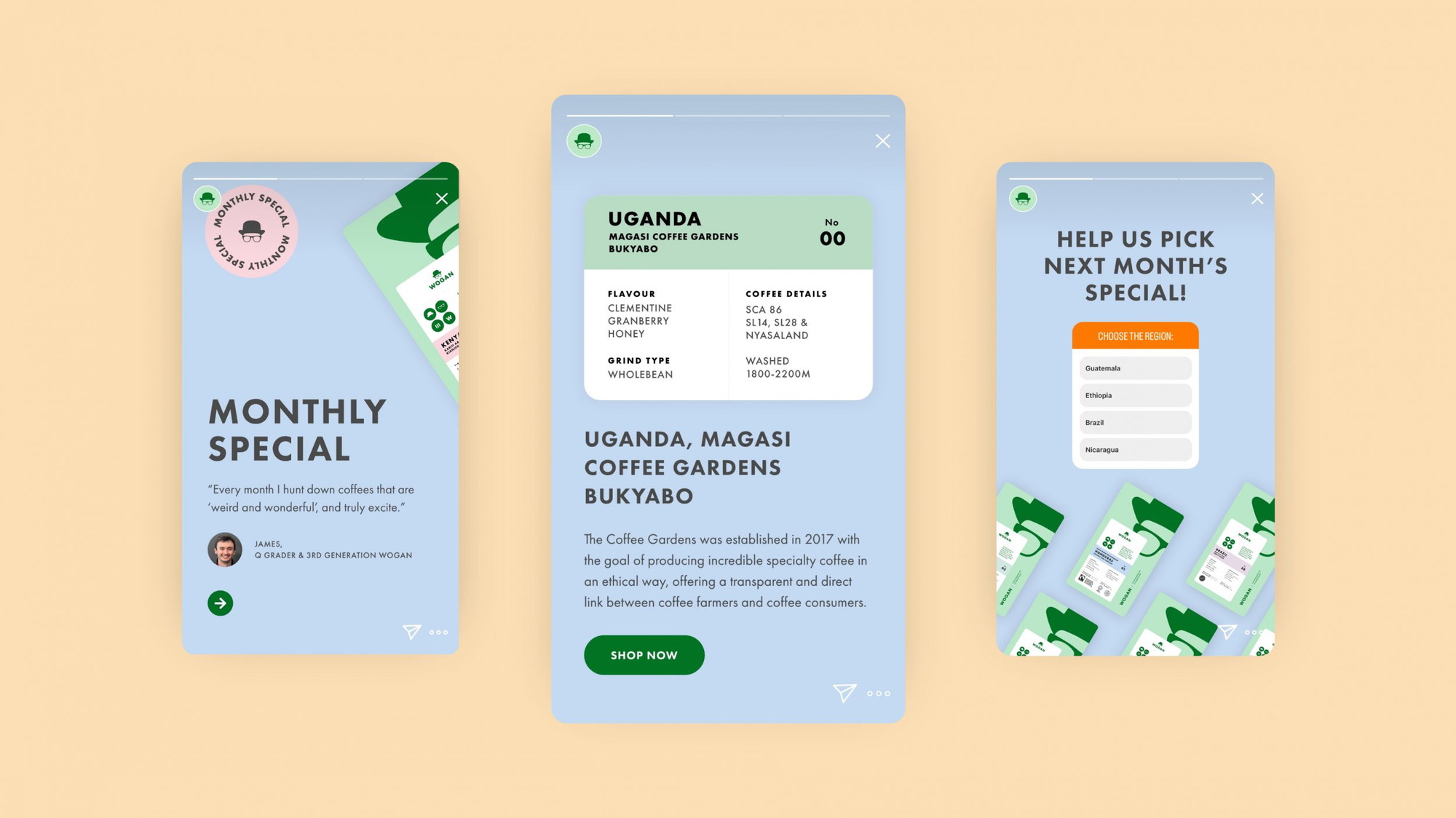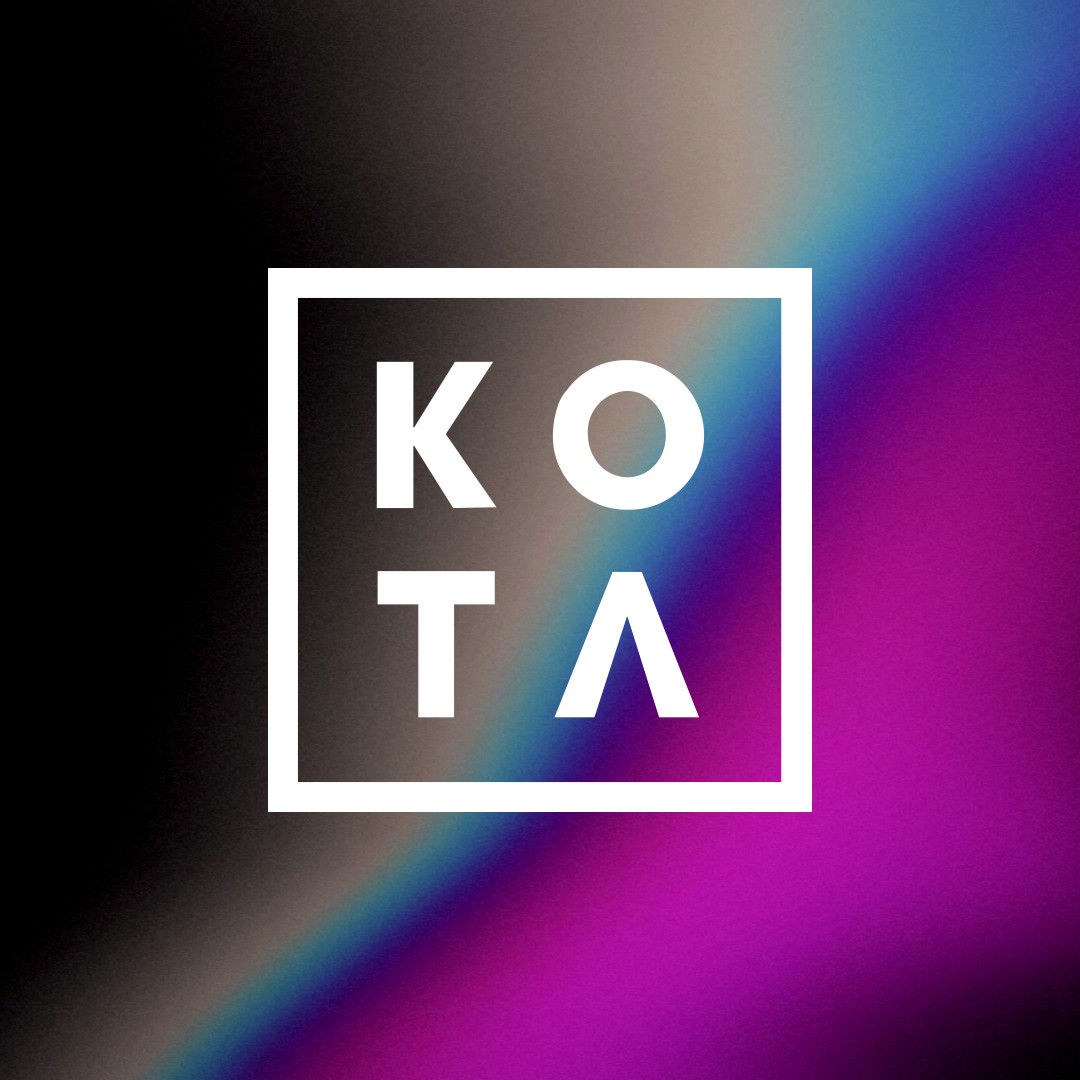Design for Social Media: How to align the design and content marketing strategy

Introduction.
Long gone are the days when you could have slapped the Nashville filter on your Instagram post to get your followers engaged. Today, social media is flooded with millions of posts on a daily basis, fighting for users’ attention. This landscape is changing very fast – not just in terms of ever-evolving content trends, but also platforms tweaking their features. There are also new entrants like BeReal that brands haven’t quite figured out how to capitalise on yet…
Authenticity on social media is also having a big moment, especially among younger generations, so brand marketing tactics that have traditionally performed well can be no longer effective.
So, nowadays good design isn’t enough to put your brand in the spotlight – you need to pair it with a content marketing strategy and a proper execution. Viewers are taking in astronomical amounts of content, so standing out from the crowd and being concise is crucial. In fact, an easily identifiable brand was ranked as the most important factor in being recognisable on social media to consumers!
As a creative digital agency, we’re passionate about making brands truly shine online. In this blog post, we outline a few ways to approach content for social media (with examples) and also show you our design approach.
Content Strategy: Social media content approaches.
1. Educate & Inform
One of the roles brands need to take on is the education of their consumers – both existing and potential. This involves education about products or services, but also the industry. Tips and Q&As, feature explanations as well as stats and reports – all are good examples. It is especially valuable for new industries, as well as the ones that are a bit more difficult for regular customers to understand, such as tech or healthcare.
Examples
Glossier guiding customers to the right lip products
View this post on Instagram
Beyond Burger vs beef burger
View this post on Instagram
Function of Beauty and hair tips
View this post on Instagram
2. Interact & Connect
Social media is meant for interactions and getting to know your customers. Q&As and polls are perfect examples of bringing a brand community closer together. Sharing UGC (User-Generated Content) and customer experiences allow your audience to relate to your brand better, through the lens of another customer’s experience.
Examples
ASOS made a fun poll for their followers to decide on the next deal
View this post on Instagram
Feel introducing the people behind their vitamins
View this post on Instagram
Wogan Coffee asking followers to help them choose the next Monthly Special

Preto restaurant sharing guest experiences
View this post on Instagram
3. Promote
40% of consumers do want to hear about promotions and deals on social media! Flash deals, giveaways and partnerships add value for your customers, so use your platform to share it. Giveaways can be a great way to grow your audience too.
Examples
Wogan Coffee celebrating their rebrand with a giveaway
View this post on Instagram
Preto restaurant promoting their 2-for-1 deal
View this post on Instagram
4. Inspire
Design-led industries can benefit from beautiful visuals to promote their business for both products and services. There are many ways to approach it, whether more creative and elusive (think of perfume commercials!), or showing products the way they really are, on real people in real homes. Here, Pinterest is a great channel to explore!
Examples
Made.com using motion design to showcase their lamp collection
View this post on Instagram
Rouje filming their models on the go for everyday outfit inspiration
View this post on Instagram
Desenio showing how to style their posters
View this post on Instagram
KOTA (that’s us!) showcasing our work
View this post on Instagram
5. Entertain
Memes make the internet go round and it’s no different for brands. For some brands, TikTok and Twitter have evolved around a persona of admin that creates fun content inspired by the product or service of their employer. This approach has clearly been successful for brands willing to take a creative risk to jump on trends, like Duolingo, Ryanair and Scrub Daddy.
Examples
Duolingo is famed for their edgy mascot approach
@duolingo this dumpy is literally a single mom who works 2 jobs #Duolingo #fgoogletranslate #DuaLipa #Dulapeep #Dualingo #comedy #trend #twerkit_twerkit ♬ Brujeria – ✿
Scrub Daddy is the best-marketed sponge on social media thanks to their creativity
@scrubdaddy Cool Daddy 😎. #scrubdaddy #smile #cleantok #cleaningtiktok #americasfavoritesponge #cool ♬ Admit it benson – Silv
Glossier jumping on ‘Is It Cake?’ trend (with their lipstick shade called ‘cake’)
View this post on Instagram
Wogan ran out of champagne and had to use coffee to celebrate
View this post on Instagram
6. Advocate
71% of consumers say it’s important for brands to raise awareness and take a stand on social issues. Customers put importance on shared values and engaging in social initiatives. With this approach, brands need to make sure it doesn’t come off as forced and speak out on matters that align with their mission.
Examples
Oatly’s brilliant campaign on including plant-based in school milk initiatives
View this post on Instagram
Wogan Coffee partnering with Talk Club charity on a special coffee blend
View this post on Instagram
View this post on Instagram
Design Strategy: Efficient social media design process.
1. Plan and strategise your content:
- The first step (and probably the most important!) is to create a strategy. Before designing your content you need to consider the message you want to send to the receiver – remember, content is king. The visual design you create should only enrich the brand and messaging.
- Think about who your audience is across the different social platforms and how you can tie it all into a cohesive omnichannel strategy.
- Video, text or image – keep mixing up the types of content, but don’t forget that short-form video performs best.
- Every post should have an individual goal. Consider how each piece of content you produce will affect how your audience thinks about your brand – does it enhance it… or contradict it?
2. Create a consistent and cohesive visual style:
- A consistent brand will help with brand recognition – crucial for gaining your audience’s trust.
- Keeping your content cohesive means sticking to your brand guidelines; incorporate colours, fonts and imagery that reflect your brand.
- A consistent brand = memorable, especially across different platforms.
- This is not to say that there shouldn’t be any variation in your content but consider consistency in your posts.
3. Creating flexible templates:
- Although the word ‘template’ comes across generic, consider them as a way of mapping out content.
- They help speed up the design process in a scalable way
- Ensures consistency in your designs across feeds – whether that be text size, spacing, borders, etc.
- Create a range of templates that can be used for various content types.
4. Optimise your designs for different platforms:
- Consider how you should adapt your visuals for each social platform.
- Each platform has different sizing and content guidelines.
- Keep a reference of dimensions so you can quickly adapt the size of your artwork.
- It is important to also consider what content works best for each platform. For example, more informative posts work best on LinkedIn, whereas inspirational content works better on Instagram and Pinterest.
Conclusions.
Every platform has its own rules, so it’s important to not only design pretty assets, but also consider the content strategy. Think of the message you want to convey with each post, how does it add value to your audience? You don’t need to jump on every trend to build a loyal community for your brand. Instead, consider what really matters to your followers, and then add a bit of creativity to it!
Interested in working with KOTA?
Drop us a line at
hello@kota.co.uk
We are a Creative Digital Agency based in Clerkenwell London, specialising in Creative Web Design, Web Development, Branding and Digital Marketing.





